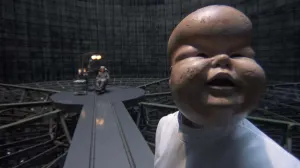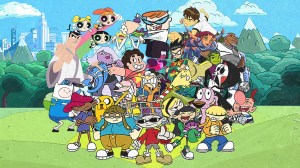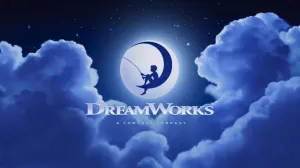The Short Story Format
I’ve been thinking a lot lately about short stories.
Videos by ComicBook.com
In my teenage years, in addition to my voracious reading of comics, I also spent a lot of time reading science fiction short stories. I tracked down all the short works that the library had by Isaac Asimov, and devoured them in the summers. I branched out a little from there, with anthologies of short sci-fi stories, but usually wound up back with Asimov.
The short story fascinated me for several reasons. The best part of it was that it was, well, short. You could get a complete story in thirty pages. You could read it in one sitting. There was usually a big idea behind it, or an interesting character that compelled the narrative, or an interesting narrative trick that could hold your attention without wearing out its welcome.
It was a short burst of energy and excitement without room for ornamentation or tangents. It went straight to the point and stayed there. Every word was precious.
It’s something comics mostly lacks these days. For various economic reasons, we’ve moved to a model where every story needs to be six issues long. Everybody is, essentially, writing a novel in serialized form. It allows for greater action moments, more complex plots, and more character development, sure. This format has its advantages.
But I miss the punchy one issue story. I miss the comic book short story. Comics are filled with so many crazy ideas and high concepts and characters who have so many off the wall facets to them that each one could be a story unto itself.
Yet we seem to be more interested in epics and sagas and, yes, events.
That short story format is forgotten almost entirely.
Almost.
Moon Knight: The Short Stories

Cue Warren Ellis, whose career has included lots of memorable shorts, i.e. single issue stories. Think of “Planetary” and “StormWatch,” first and foremost. These are self-contained short bursts of creative output that are memorable and expertly-crafted with artists who are gifted at their craft.
The reason I’m thinking about all of this today, though, is that I just read the six issues of “Moon Knight” he did with Declan Shalvey. The collected edition of their run (“Moon Knight: From the Dead”) contains the six short stories the two paired on together, each an issue in length. While the stories are mostly separated and self-contained, there are running threads and recurring characters throughout.
Ellis picks big ideas, clever visuals, or memorable narrative tricks and crafts stories around them.
The centerpiece of the first issue, for example, is a sequence where Moon Knight climbs down the ladder into the sewers before confronting the gnarly and mangled man at the bottom of it. That climb is shown as a cut-out of the underground layers, right after a dramatic overhead shot of his entry in, through his car.
The second issue is half-filled with the lives of eight people running concurrently, dying one by one with their panels going blank subsequently. That’s followed by half an issue of an action/fight scene, most of which is silent, so it’s like you’re getting a two-fer there.

The fifth issue is one giant fight scene inside a building, like something between a Hong Kong fight movie (featuring more bats and truncheons than clever gun play) and “Die Hard.”
The sixth issue wraps it all up, bringing many of the pieces together from the first issue while telling an all new story about one cop’s bad obsession with Moon Knight and how it leads to madness. It’s a great character piece in which Moon Knight plays more of the influence than an active presence.
The Look of Moon Knight

Declan Shalvey with art and Jordie Bellaire on colors match Ellis’ uniquely creative mind. The look of each issue shifts a bit to incorporate Ellis’ ideas into the visuals of the narrative. In both storytelling and coloring, things change (sometimes subtly) to match the individual story.
Bellaire’s colors are well chosen and simplistically rendered. While Shalvey incorporates some ink washes for shadowing in his art, Bellaire’s colors are mostly devoid of textures, with some exceptions for the dirtier places that can take on that extra bit of business to sell the atmosphere.
The colors are just chosen extremely well, and let the art do the talking. There’s no attempt to “make up for” the “lack” of detail in Shalvey’s art. The colors actually enhance that, which is nice to see in a modern comics landscape so fascinated by every Photoshop layer trick in the book.

The first issue features Moon Knight in a white suit that’s not colored in. The fourth issue features an alternate mushroom world that Moon Knight has to fight his way out of — while asleep. That’s one where Shalvey gets to create something that’s sci-fi/urban fantasy crazy and new, with Bellaire adding a great selection of colors to it that would in no way fit anywhere else in the Marvel Universe, aside from maybe a black light-lit Doctor Strange comic.
Each of the six issues in this book is a short story with a unique identity. They’re all, for me, entertaining and a breath of fresh air. They’re not simple three act structures with rising action and key themes. They’re individual experiments in storytelling, from all of their creators.
That’s why I’ve read this collection of “Moon Knight” stories twice already and plan on going back to it again sometime soon. I’m a big fan of the storytelling and want to see its magic work repeatedly on me.
PipelineComics.com|| Twitter || Instagram || E-mail || YouTube








